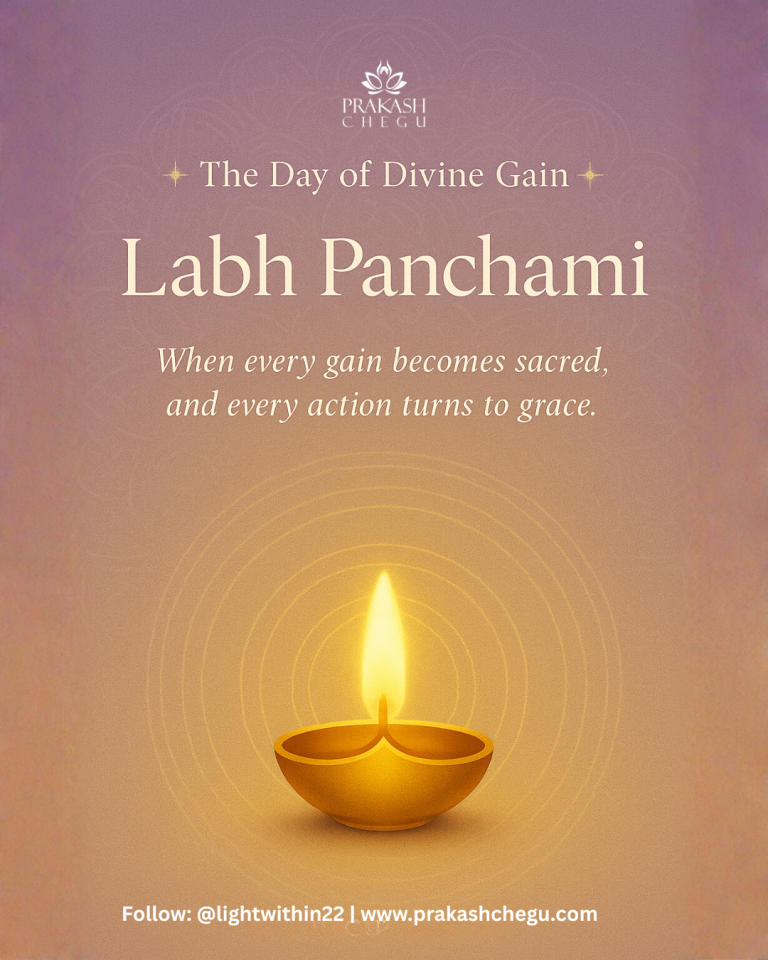Hariyali Teej: The Sacred Celebration of Love, Rain and Renewal
Hariyali Teej arrives in the heart of monsoon season when the world turns green and rain nourishes the earth. Celebrated mainly in Rajasthan, Uttar Pradesh, Bihar and Madhya Pradesh, this festival marks the mystical reunion of Lord Shiva and Goddess Parvati and invites us to honor the divine feminine. More than folklore and festivity, it carries yogic, seasonal and metaphysical significance for anyone walking a conscious path.
🌲 Origins & Mythological Significance
Hariyali means “greenery,” reflecting abundance, fertility and regenerated life‑force. Teej refers to the third day after the new or full moon; Hariyali Teej falls on the third day of the bright half (Shukla Paksha) in Shravan (July–August). According to Vedic lore, after 108 lifetimes of intense tapasya, Parvati finally won Shiva’s heart. Their union symbolises the merging of consciousness (Shiva) and energy (Shakti).
🌸 Rituals and Practices
The heart of Hariyali Teej lies in devotion, beauty, purification and divine feminine expression:
- Nirjala fast. Women undertake a waterless fast to strengthen their marital bond, bless their spouse’s longevity or attract a divine partnership. This fast is both a physical and spiritual cleanse, aligning the body with lunar rhythms and igniting inner tapas (heat).
- Worship of Shiva‑Parvati. Devotees adorn clay or metal idols of Shiva and Parvati, offering bel patra leaves, flowers, fruits and sweets (especially ghewar), and chanting mantras while reciting the Teej Vrat Katha. A simple mantra to awaken divine union within is Om Parvati Pataye Namah.
- Swings, songs & mehendi. Decorated swings hang from mango or neem trees. Women wear green attire, apply mehendi (henna) and sing folk songs celebrating rain, love and fertility. Green symbolises prosperity, healing and the heart chakra (Anahata), where love flows freely.
- Monsoon rituals. Walking barefoot on wet grass reconnects you with Mother Earth through Bhumi Sparsha (earth touching). The rituals honour the rejuvenating power of nature.
🔉 Spiritual and Yogic Significance
- Awakening inner Shakti. Meditate on Goddess energy within yourself—whether you are reclaiming sovereignty as a woman or honouring your intuitive side as a man.
- Union of Shiva & Shakti. This festival reminds us that spiritual growth marries effort and surrender, discipline and grace, logic and love. A meditation tip: Sit in padmasana and visualize a green lotus at your heart, where Shiva and Shakti merge and pulse together.
- Seasonal syncing. During Shravan the Vata dosha (air element) can become aggravated by wind and rain. Fasting, meditation and sattvic food help ground and balance the body and mind.
🌧️ How to Receive the Highest Benefit
To align with the sacred power of this day, go beyond the external rituals:
- Practice silence and stillness—feel love inwardly rather than looking for external validation.
- Set intentions for love—not just romantic love but divine, soul‑centred union.
- Release past heartbreak or grief—let the rains wash away old hurts.
- Journal or chant on divine feminine archetypes.
- Dance or sing—Shakti loves expression.
Affirmation: “I honor the sacred union within me. I am open to divine love, flowing like rain, rooted like earth and dancing like Shakti.”
🌺 Conclusion: The Inner Teej
Hariyali Teej is ultimately a celebration of inner devotion. Whether single, married or walking a solo spiritual path, this is an opportunity to renew your vows with the Divine. Let the swing of your heart rise with joy, let fasting dissolve egoic cravings and let the monsoon bloom a new season of love within you.
May your Hariyali Teej be lush with grace, love and sacred union.






